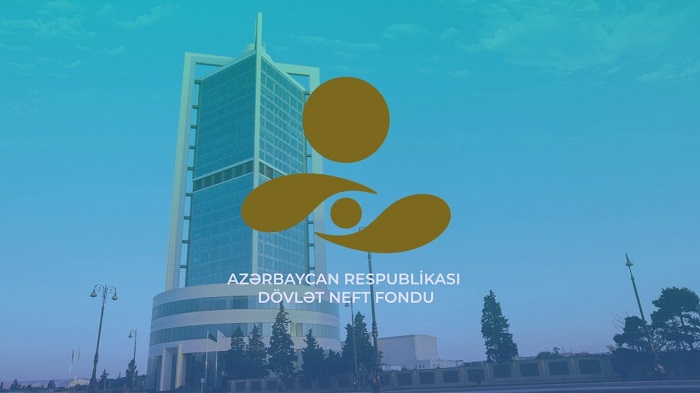There’s nothing like seeing a big shot fall on hard times to make you appreciate what you have. That’s why American oilmen read news of Kazakstan’s Kashagan project with a strange mix of angst and glee.
Kashagan has been a nightmare for some of the biggest of Big Oil. Its polyglot mix of Kazakh (KazmunaiGaz), Italian (Eni), American (Exxon Mobil XOM -0.02%), Anglo-Dutch (Royal Dutch Shell ), Chinese (CNPC) and French (Total TOT +0.02%) partners have sunk more than $50 billion into the Caspian Sea field over the past 20 years — at least $30 billion more than they initially expected. First oil was supposed to start flowing back in 2005, back before America’s tight oil boom was even conceived. After delays on delays, final deadlines were pushed out to late last year. Then some gas pipelines sprung leaks. Maybe sustained oil flows will kick in by the end of this year. Maybe not.
Indeed, compared with the Kashagan nightmare, America’s burgeoning tight oil fields like the Bakken, Eagle Ford and Permian are a technicolor dream. Here drilling costs average less than $10 million per well. With oil flowing out of each new well at a rate of about 750 barrels per day in the first year, the drillers can pay back their development costs in less than 18 months. And the rest is gravy. These economics of American tight oil have spurred enough drilling to boost domestic petroleum production by 3 million barrels per day in five years.
There’s been plenty of justified handwringing over the environmental impact of drilling and fracking. Oil spills and train derailments should not happen. But at least most of America’s tight oil is “light and sweet,” meaning that drillers won’t have to contend with Kashagan’s toxic reservoir gas contaminated with such high levels of hydrogen sulfide that it ate through steel pipelines almost immediately.
The Kazakh government has sued the consortium over this last set of delays, fined them $735 million, and may refuse to put up its share of cash for further construction. The government has done this before, and extracted a bigger share of equity in settling the disputes. There’s many more sordid details, so if you haven’t already, be sure to read the WSJ’s story yesterday on the Kashagan debacle.
The $50 billion spent on Kashagan so far is only for the first 400,000 bpd phase. At that rate (and at a price of $100 per barrel) it would take more than 5 years for the partners just to pay for construction, let alone generate royalties for Kazakhstan or a return on investment. Will the partners have the stomach to boost output to 1.5 million bpd?
Only if they aren’t sitting on better opportunities in the United States. Thanks to the increasing efficiency and precision of horizontal drilling, oil companies have decades of wells to drill in the United States. With good economics, solid property rights, a skilled workforce and far less geopolitical landmines to navigate, the U.S. has already been the destination for $200 billion a year in oil and gas investment in recent years, and will continue to be for many more to come.












